Hi. I am Barb Mrgich, a Master Gardener from Adams County, Pennsylvania. I have gardened on the same land in Zone 6B for 34 years. For the past 10 years, I have been slowly adding more and more native plants to the point where I now prefer to think of my property more as a habitat than just a garden.
This is gaillardia (Gaillardia pulchella, Zones 5–8), a native wildflower. It’s a very colorful, happy flower that attracts lots of bees, butterflies, and other pollinators because of its rich, abundant nectar. Sometimes called blanket flower, it is a short-lived perennial that usually only lives for three years or less. However, its great seed heads produce many seeds. It’s easy to save some to replant.
This has always been one of my favorite pictures of my front yard. There is actually grass—you just can’t see it from the angle of the picture.
Penstemon (hardiness varies by species) is such a pretty spring-flowering native perennial. Most are either pink or white. I love to watch the bees crawl into the flower for a sip of nectar. Penstemons produce large, attractive seed heads. They reseed readily. If you don’t want so many, just snip off the seed heads.
This carpenter bee (see its shiny abdomen?) is sipping nectar from a coneflower (Echinacea purpurea, Zones 3–8). Most garden bees are very docile and will not sting you. Only females are capable of stinging.
This eastern tiger swallowtail is one of our most common butterflies in Pennsylvania. It is nectaring on a zinnia (Zinnia elegans, annual). I like the way its body is striped to match its wings. You can see its proboscis, which it uses like a straw to suck the nectar from the flower.
Notice anything unusual about this picture? It’s a beautiful monarch chrysalis, but it is attached to fennel (Foeniculum vulgare, Zones 4–9), not milkweed (Asclepias spp.) as you might expect. The fennel is growing very close to the milkweed. The caterpillar probably just wandered over and up the tall fennel to go into its chrysalis when it was ready. We searched the fennel plants looking for the chrysalis of a black swallowtail and were quite surprised to find the monarch.
Pussy willows (Salix species) rise up against an early spring, clear blue sky. Catkins of the native pussy willow supply some of the first and most important nectar for tiny pollinators. Songbirds are then attracted to the catkins because of all the tiny insects. The birds peck and peck at the insects, often knocking catkins right off the stem of the plant. It’s great fun to watch! The pussy willow is a host for the viceroy butterfly. At the time of this photo, those tiny, threadlike caterpillars were wrapped in a leaf at the base of the bush where they fell last fall. Once the shrub develops its leaves, those tiny caterpillars will crawl up the trunks and begin to eat.
A red maple (Acer rubrum, Zones 3–9) is clothed in snow against a clear winter sky. This red maple is not only a beautiful tree but is also a host to the eastern tiger butterflies that grace my gardens every year.
Have a garden you’d like to share?
Have photos to share? We’d love to see your garden, a particular collection of plants you love, or a wonderful garden you had the chance to visit!
To submit, send 5-10 photos to gpod@taunton.com along with some information about the plants in the pictures and where you took the photos. We’d love to hear where you are located, how long you’ve been gardening, successes you are proud of, failures you learned from, hopes for the future, favorite plants, or funny stories from your garden.
Have a mobile phone? Tag your photos on Facebook, Instagram or Twitter with #FineGardening!
Do you receive the GPOD by email yet? Sign up here.
Fine Gardening Recommended Products
Monarch Butterfly Rescue Wildflower Seeds 4 oz.
Fine Gardening receives a commission for items purchased through links on this site, including Amazon Associates and other affiliate advertising programs.
HIGH QUALITY SEEDS and EXPERT GUIDANCE: Experience the quality seed difference. We are committed to providing the highest quality, open-pollinated, non-GMO/non-GE seeds to our customers, guaranteed. A trusted source of high quality seeds since 1985. ATTRACT MORE MONARCHS: We know seeds and we know pollinators! Our expertly crafted botanical garden seed mixes contain a wide variety of both perennials and annuals that are specifically designed to attract pollinators. Attract more Monarchs and Butterflies in general. Gardener tested, pollinator approved! All Of Our Wildflower Varieties Are 100% Pure Seed, They come with complete planting instructions. Compare and see the quality value. This Wildflower Seed Mix will make the perfect gift for those gardeners in your life.
Berry & Bird Rabbiting Spade, Trenching Shovel
Fine Gardening receives a commission for items purchased through links on this site, including Amazon Associates and other affiliate advertising programs.
Ideal Tool for All Gardeners Use: Our heavy duty trenching shovel is designed by a professional gardening tool designer. Lifetime Durability: This heavy duty drain spade is made of high-quality stainless steel, it is very strong and durable, even if it is used for high-strength work, it will not bend. Ergonomic Wood Handle: The handle of this planting spade is made of ash hardwood harvested from FSC-certified forests and has an ergonomically streamlined design, making it very suitable for everyone's hands. Multi-Use: This digging shovel is generally used for digging trenches, digging holes, transplanting, edging, moving compost, cutting thick turf and furrowing. The sharp blade allows you to cut, scoop, dig, lift and dice in hard soil.
Organo Republic 16 Perennial Wildflower Seeds Mix for Indoor & Outdoors
Fine Gardening receives a commission for items purchased through links on this site, including Amazon Associates and other affiliate advertising programs.
Premium 16 Perennial Wildflower Seeds Mix - Special Garden Flower Seeds Blend designed for planting indoor & outdoors across North America. With over 16 varieties and 100,000 wildflower seeds, this mix is the best solution to attract pollinators - bees, butterflies & birds are essential for garden plants health. Our Special Perennial Wildflower Seeds Mix Includes White Yarrow, Columbine, New England Aster, Siberian Wallflower, Shasta Daisy, Lance-Leaf Coreopsis, Sweet William, Purple Coneflower, Blanketflower, Gayfeather, Blue Flax, Lupine, Dwarf Evening, Primrose, Mexican Hat, Prairie Coneflower, Black Eyed Susan. Easy & Fun Growing Experience with our online guides - Don’t plant disappointment - Add more colors to your wildflower garden! We send only super hearty heirloom flower seeds with the highest germination rate and fast sprout. Our detailed growing guide helps you grow seeds the garden of your dream like a PRO. Colorful Wildflower Garden from Seeds - Grow wildflowers everywhere - Indoor in window garden or Outdoors Flower garden Garden make a beautiful design for your garden borders, pathways, field or meadow and attract pollinators. Made in the USA by Small Family-Owned Business - Quality You Can Trust - Our wildflower bulk seeds variety pack are tested at the highest germination rates before being sealed to last for up to 3 years before you need to plant. Each packet of our flower seeds variety pack is resealable to make it easy to store and has its own label with a QR code for the growing instructions.




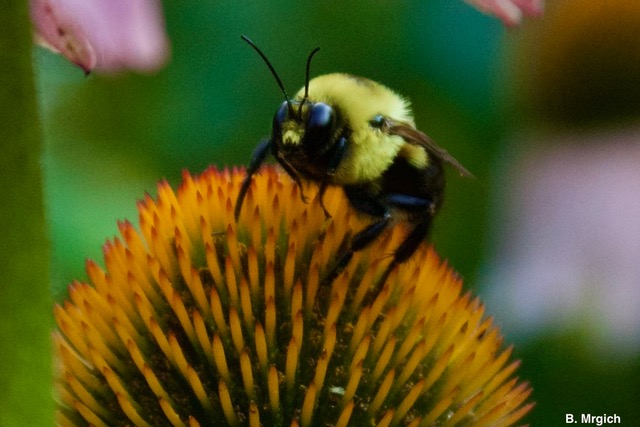
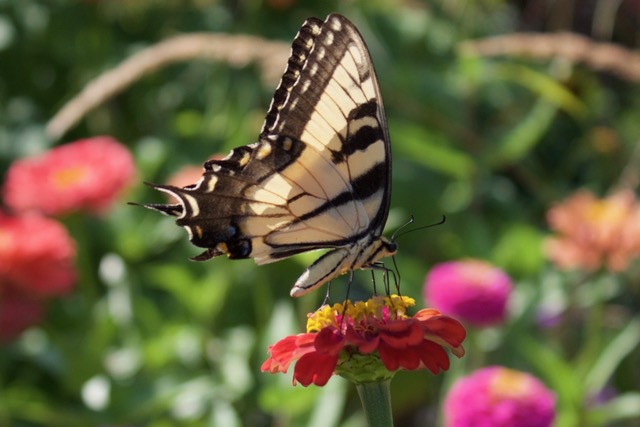

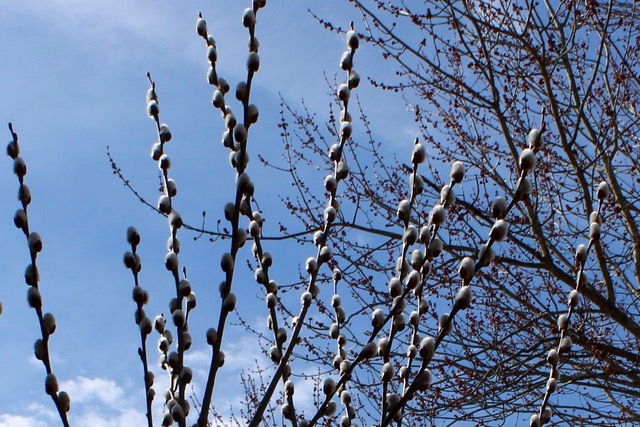
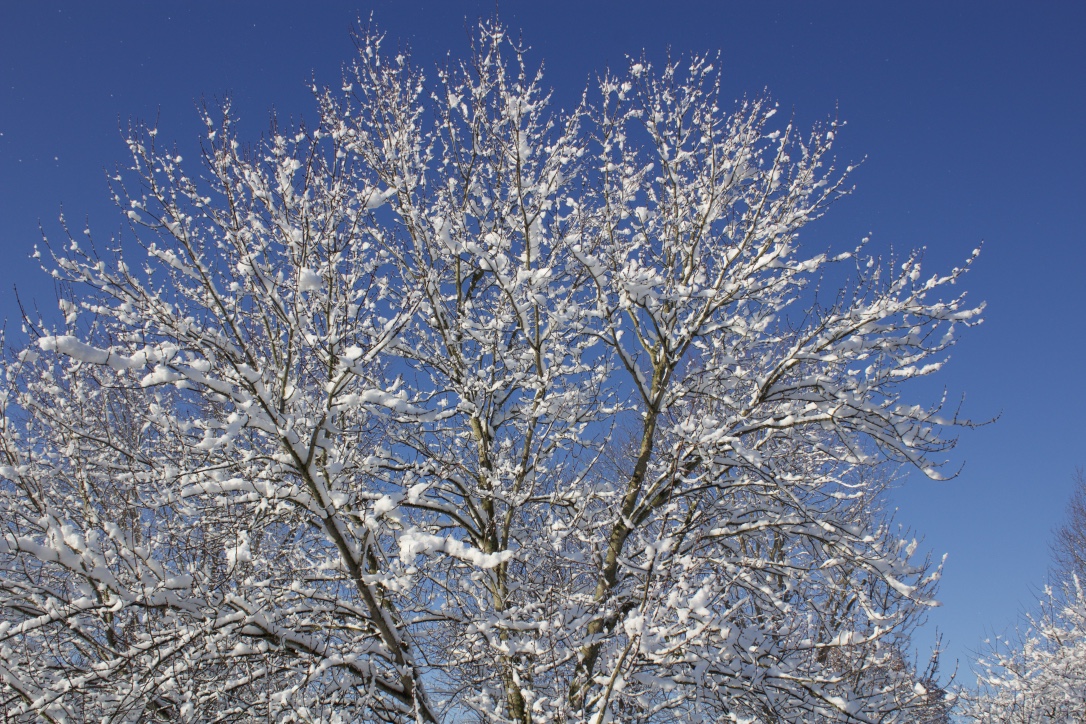
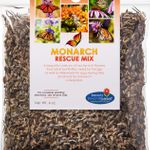

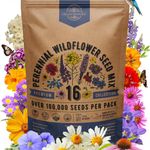


















Comments
Thank you for sharing, Barb. Beautiful photos of a beautiful and inspiring garden! Like you, I have been adding more and more natives to my garden, and am ever more deeply appreciating the web of life we witness here.
Everything is so pretty.
I love how you have included host plants for the butterflies in your lovely garden. I have never heard of Red Maple being used as a hostplant for Tiger Swallowtails- NABA and other reliable sources usually mention black cherry, ash, sweetbay, tulip tree... Am curious if you have seen them ovipositing on the maple.
I do a good many garden talks, and I always tell my friends, if I ever make a mistake to please tell me. I think you have just done that! When I first got interested in butterflies, I did a lot of reading. I absolutely know that I read the Red Maple as a host plant. I was very excited because I have two big red maples. The problem is, that was so early on, that I don't know how discriminating I was about my sources. It could have been somebody's blog! Thank you so much for your observation!
Great photo finding the monarch chrysalis on the Fennel!
A beautiful garden and such a nature friendly habitat!
Love your garden and your thoughtfulness in providing such a good environment for pollinators. Everything is so pretty. What is cuter than pussywillow catkins!
Log in or create an account to post a comment.
Sign up Log in